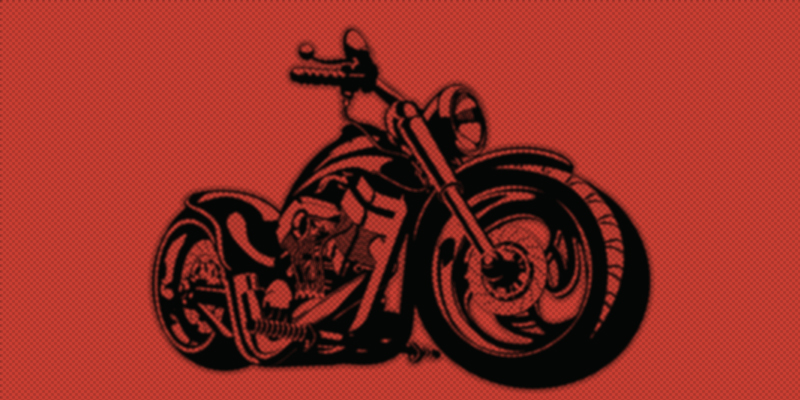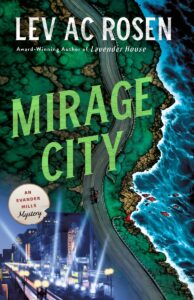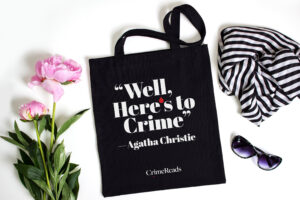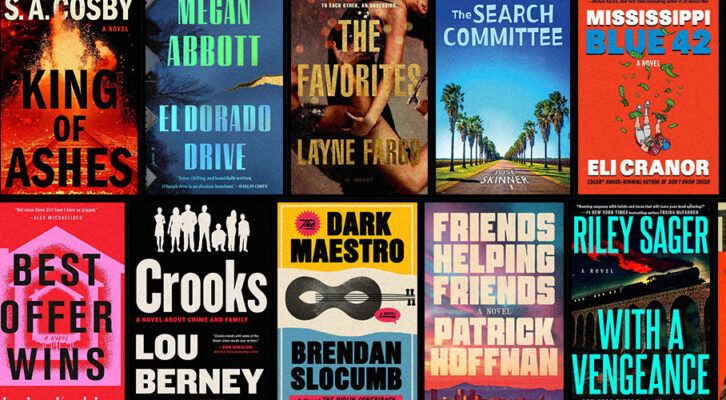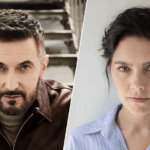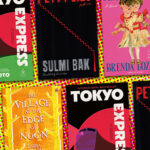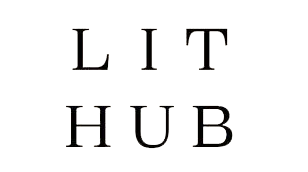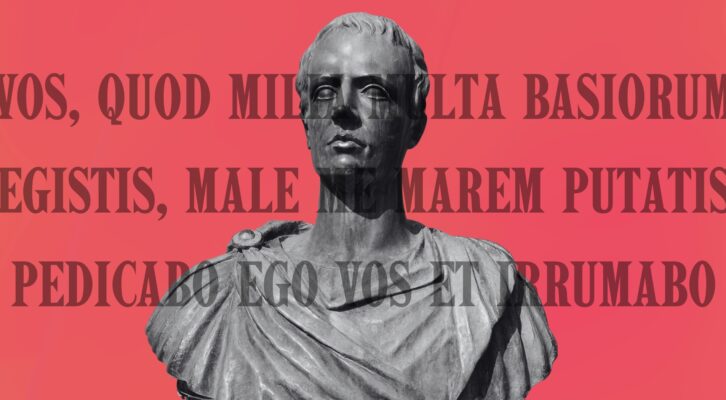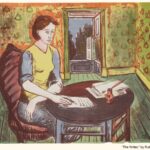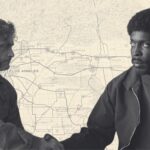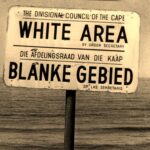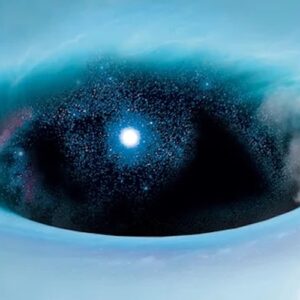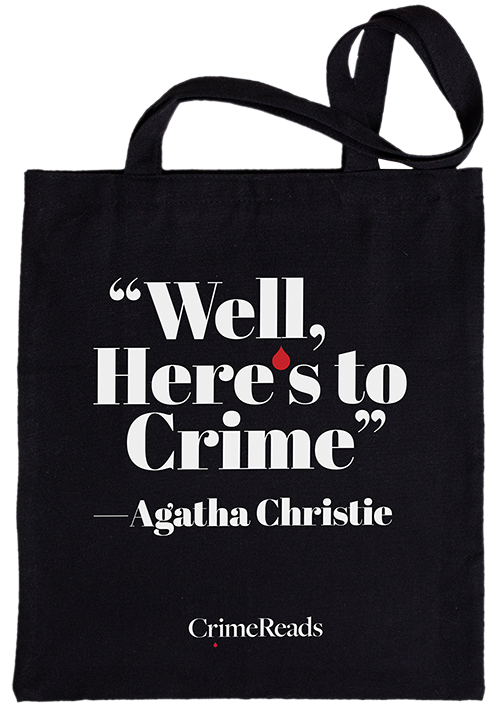My sophomore year of college, a handsome man in my dorm asked if I wanted to go for a ride on his new motorcycle.
We had a complicated backstory: he was straight, unless he was drunk, in which case he was very emphatic about how not-straight he was where I was concerned—not only to me, but to many others. I wouldn’t take advantage of a drunk man, and when he was sober he never seemed to remember what he’d said. But our conversations did take on a delightful, flirtatious tension.
He was sober when he offered me the ride, wearing a leather motorcycle jacket and a devilish smirk.
I’ve always loved a bad boy.
*
Motorcycles are one of the classic props of the bad boy—the leather jacket, the hum of the engine, the revving as they pass. They are deeply male heterosexual images. Dozens of movies, ads (for the bikes and also for the accompanying fashions), and novels have reinforced that bad-boy legacy. Sure, people can joke about men who were “backwarmers,” and of course women ride motorcycles too, but the image that always came to mind, especially when thinking about motorcycles in a historical context, were motorcycle gangs made of straight men who were rough—macho, sexual, criminal—and looking for a fight.
But that’s not how people first saw bikers. Originally, motorcycles and the people who rode them were more like motoring enthusiasts. They had helmets and goggles and they drove around largely for leisure. It was an evolution of people who rode bicycles or horses; a sport, for fun. The oldest motorcycle clubs started in the 1900s, a way for these enthusiasts to get together and ride. The Golden Age of Motorcycling was in the 20s and 30s, with the American Motorcycle Association being formed in 1924 to coordinate national rallies and register Motorcycle Clubs across the country. People didn’t fear bikers any more than they feared car drivers.
Then came World War II. Overseas, motorcycles were used by soldiers to scout and deliver messages through hostile terrain. Young men were trained to ride quickly through dangerous territory. And when they came home, they were allowed to keep their motorcycles: the military would ship them to various ports, and the relieved military riders could claim them to take home.
Suddenly the streets were filled with young men on their motorcycles, forming clubs not to putter through the scenery, but to drive as fast as they had in the war. They dressed similarly, too, with caps and leather jackets. They gathered at rallies and, as many young men home from war would do, they drank and made noise. At the 1947 AMA rally in Hollister, CA, things got rowdy. People in Hollister—a small town with limited space, food, and resources—didn’t like and couldn’t handle all these young men descending on their town…and the press was there. Life magazine took a photo (probably staged) of a man on his motorcycle surrounded by smashed bottles. It became national news – now, bikers meant trouble.
Motorcycle companies tried to fight back, offering ads featuring wholesome bikers (my favorite shows a young man giving a nun a ride on his Harley), but when The Wild One—the Marlon Brando movie based on the Hollister events—came out in 1954, it cemented the image of the biker gang: wild, leather-clad, and very, very dangerous.
This wasn’t wholly deserved; the AMA registered and advocated for plenty of clubs that didn’t rock the boat. But not all clubs wanted to register with the AMA, which required adherence to rules, and so were quickly designated ‘Outlaw Motorcycle Clubs’ – and they sometimes lived up to their name, participating in various crimes including theft, murder, drug trafficking and the like. Reporters often sensationalized these cases, driving home the image of ‘motorcycle gang member.’
1960s cinema and pulp novels portrayed the motorcyclist one of two ways: an image of counter-culture, sometimes sympathetic but always an outsider – or sadistic criminals. And as time went on, the archetype leaned into the latter. Movies were quick to use motorcycle gangs as shorthand for evil, and in the real world, as The Hells Angels entered what one of their leaders later called “the Gangster Era”, that shorthand blurred with the real thing. By the 80s, riders in leather jackets were the kind of thing you warned young women about. They were criminals—even if they weren’t. They stopped at nothing. And they were always looking for girls.
*
When I first encountered it as a teen, gay men on motorcycles seemed almost like a joke. The Tom of Finland drawings and the leather community felt like a sex thing with motorcycles as a prop, not a motorcycle thing for the queer community. A gay motorcycle club sounded insane to me. I didn’t know there were easily dozens. And I definitely didn’t know that the oldest continuous gay rights organization in the US is, in fact, a motorcycle club.
I stumbled on that while researching another book. It was mentioned only in passing, but it stopped me in my tracks. The ‘continuous’ felt pointed, so maybe it just meant it had formed in the 70s? More research was required. And no, not the 70s. The club, called The Satyrs (because as one founder said, they liked to go to the woods and fuck around), was formed in 1954, the same year The Wild One came out.
The Satyrs started out as a group of gay WW2 veterans who went riding, a mix of old friends and new ones who’d met at Long Beach’s often-raided gay bars. They didn’t realize until ’54 that they could found an actual motorcycle club—a president, treasurer, events, minutes (taken with code names). But they didn’t register with the AMA—outlawed because of their sexuality.
The AMA missed a chance to rehabilitate that image, though. When I finally saw a photo of the founding members—it was all white tees, jeans, and broad smiles. The dog in the photo—wearing a biker cap—looked the most dangerous of them all. I was expecting Tom of Finland, rough and tumble, a little mean. These guys looked ready to give a nun a lift. I knew that this strange combination of things—an outlaw biker club, sexual criminals but not actually dangerous—felt like it needed to be in one of my books. From the moment my editor and I started talking about a sequel to Lavender House, a group based on the Satyrs has been one of my perennial proposals.
I’ll admit, when we finally decided it was time, I got anxious. There’s a documentary about the Satyrs, and their webpage and archives have a rich history, but I knew to really do them justice, I’d need to talk to some gay bikers. Even knowing the difference between perception and reality, I was nervous about talking to them—these men who I’d grown up hearing were dangerous criminals.
Thankfully, they’re all sweethearts. I spoke to a handful of bikers, from a variety of gay biker clubs around the country. Yes, they’re often a little rowdy, and talk dirty, and are into leather, but they’re also some of the kindest and most welcoming folks I’ve met. The men I spoke with had joined these clubs mostly in the ’60s and ’70s, past the Satyrs’ heyday, but knew some of the founders and were eager to tell me stories from their days in their various clubs. What they remembered most was the camaraderie: driving around, camping trips, friendly competitions (the funniest of which involved speeding under a fishing-rod hot dog hoping your backwarmer could grab it in his mouth), drag shows. And the other thing they remembered were the losses—not from criminal violence, but from AIDS. I teared up more than once hearing these stories. There are lot of gay bikers’ ashes that have been spread in various campgrounds across the country.
I had gone into this book intending to play with the criminality of the ‘biker gang’—rough and dangerous gay men in leather. Now I was faced with their overwhelming tenderness for one another. It was a difficult thing, negotiating the noir archetype and the real-life people, not to mention my own conceptions of what it means to ride. I hope I did these men—not just the ones I spoke to, but all of them—justice. You can decide for yourself in Mirage City.
*
I honestly hadn’t thought about the boy from college until I was writing this book, and one day it all came rushing back—his jacket, the time he told me I smelled like sex, and him inviting me for a ride on his motorcycle.
“Are you sure you’re ready for that?” I asked. He blushed, and agreed maybe he wasn’t.
I wish I’d just said yes, though. Getting on that motorcycle would have made me part of a long history of queer men I didn’t even know about back then. I wonder if I would have felt it in that moment—my arms wrapped around his waist, rocketing down the asphalt, feeling part of something that wasn’t about bad boys, but more like family.
***

